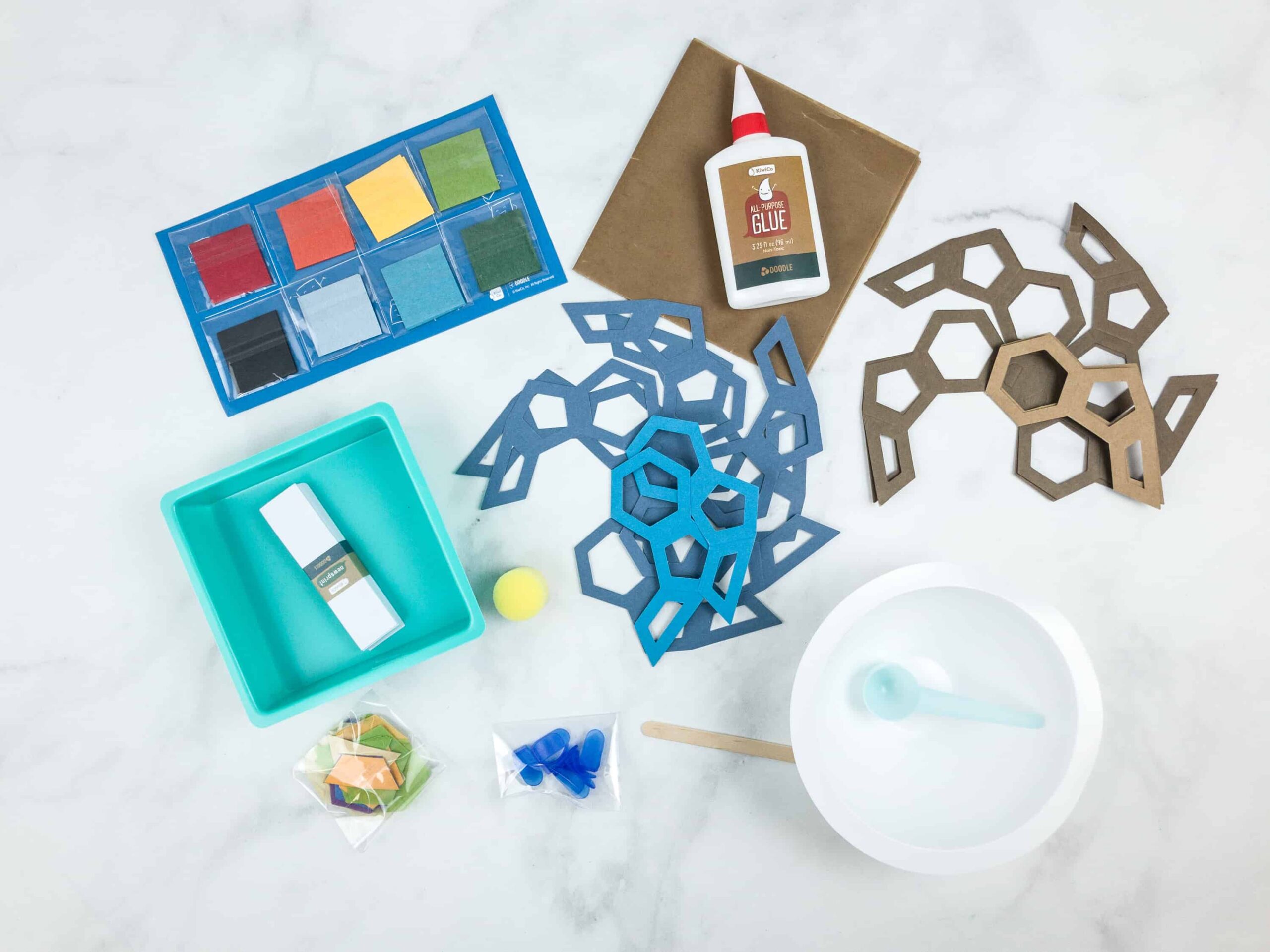Under the best of circumstances, family life in the United States can feel overwhelming. Many parents are juggling their careers, children, and aging parents. Schedules ramp up by the time a child is in kindergarten – rec soccer begins and life is never the same. Every day is busy. Parents are shopping for food, meal planning, schedule keeping, and somehow managing to stash money in a college fund. Keeping up is not easy.
And that is assuming that children are healthy.
- Diagnosis/Pediatric Crisis
Families whose children are diagnosed with a serious or life-threatening illness are thrust into a terrifying terrain. Figuring out how to navigate this unfamiliar roadmap is a Herculean task.
- How to Amplify the Impact of Financial Contributions through Crowdfunding
An understandable first impulse of those wishing to offer support is to launch a crowdfunding campaign to help a family with a sick child with financial needs. However, in a complex pediatric emergency, money is only one piece of the puzzle.
Of course, money is deeply appreciated. Money can cover mortgage payments. But money, helpful though it may be, has important limitations. Forecasting the timeframe of a medical emergency (and attaching a specific dollar amount) is akin to telling the future with tea leaves. It is hard to predict the course of an illness with no prior experience of it. No illness has a standard course. It’s also hard to ask for money again once an original goal has been met.
While investments of time and other intangibles are every bit as valuable in a different way, they are harder to organize – but entirely possible.
- Next Steps: Creating a Custom Support Page On Give InKind
Pediatric cancer is a marathon, not a sprint. Parents of sick children quickly learn that some people are truly athletic in their ability to show up. Others? Not so much. An excellent friend to have is the one who will sit down with the parents to learn exactly what is needed in the way of childcare for siblings (including extracurricular), pet care, errands – all of it. Take all the time you need – just once – to really break it down and build a care calendar that reflects the true complexity of life.
Imagine that you are taking their iPhone calendar – and transposing it to the Care Calendar with each item claimable as an action item. This calendar can be shared either publicly or privately. It tells people who want to help exactly what is most useful. This relieves a mother dealing with the logistics of a crisis the extraordinary amount of work associated with mobilizing community support. It answers, with a click, the question moms both appreciate and dread: “You’ll let me know if I can be helpful, won’t you?"
They won’t. They are too busy living in the moment. They are proud.
The mental load, disproportionately borne by women under normal circumstances is exponentially amplified in a pediatric crisis. All the scheduling of sign-ups for sibling swim lessons, pick-ups from school, permission slips, notes to kids on parent nights, birthday parties and the rest will continue to fall to women in large measure. But suddenly, so too, will the medical appointments, the practical elements of a sharp learning curve about the illness itself.
- Getting Beyond the Guess Work: Creating an Actually Useful Wishlist On Give InKind
Knowing what you actually need is hard until you need it. The ability to build a Wishlist that has toys the children actually want, or specific medical items you never knew existed until you could not exist without them (supplements that quell nausea) is a game-changer.
There are so many times in life people need things, and yet we are conditioned to think that registries are only appropriate for weddings and for new babies. Not true. In a pediatric crisis, People are falling all over themselves to be helpful. They are texting those who are perceived as close(r) to the epicenter of the crisis. People do want to help, but they don’t want to pry. So send them right on over to a family’s custom Wishlist. There, they can click and send.
For a family facing a crisis of this order, survival mode kicks in. Everything is reduced to the most basic. A Wishlist not only sets out what is necessary but opens conversational doors about why something is necessary. For example, if a request is made for Duplo, rather than for Lego, it is likely because gross motor skills may suffer in the course of treatment. These conversations are important ones to have and offer opportunities to learn about what a friend is experiencing in a more detailed way.
An action-based Wishlist allows parents to hang on to cash. It is hard to overstate the depth of gratitude the caregivers feel at the lovely surprises arriving on their doorstep. These kindnesses are important and sustaining. Any mom will stare appreciatively at another plush stuffy while thinking in terms of efficient resource management – and calculating what that gift would have covered.
Centralized Means of Communication: Using Updates Carousel to Convey Information
The ability to post updates quickly enables a parent to issue information quickly and accurately. Those who follow a family in a complex medical situation are often on pins and needles as their friend approaches an appointment for a scheduled pediatric scan.
There are so many ways to help to join forces and effectively participate in a family team – many of them are not financial commitments. Understanding what we can offer one another in a crisis is a gift that sends ripples out and finds ways to pay things not just back – but forward.
Helpful Products
Give InKind does not provide medical advice, diagnosis, or treatment. We have an affiliate relationship with many of the advertisers on our site, and may receive a commission from any products purchased from links in this article. See Terms & Conditions.




